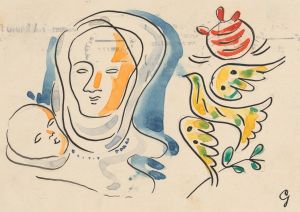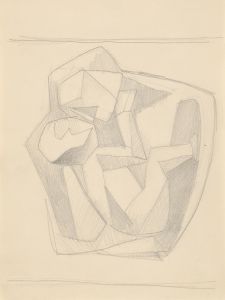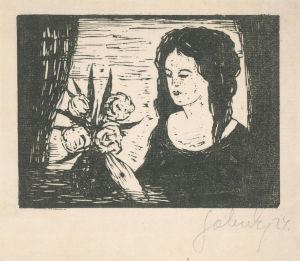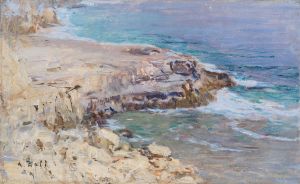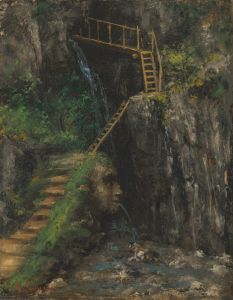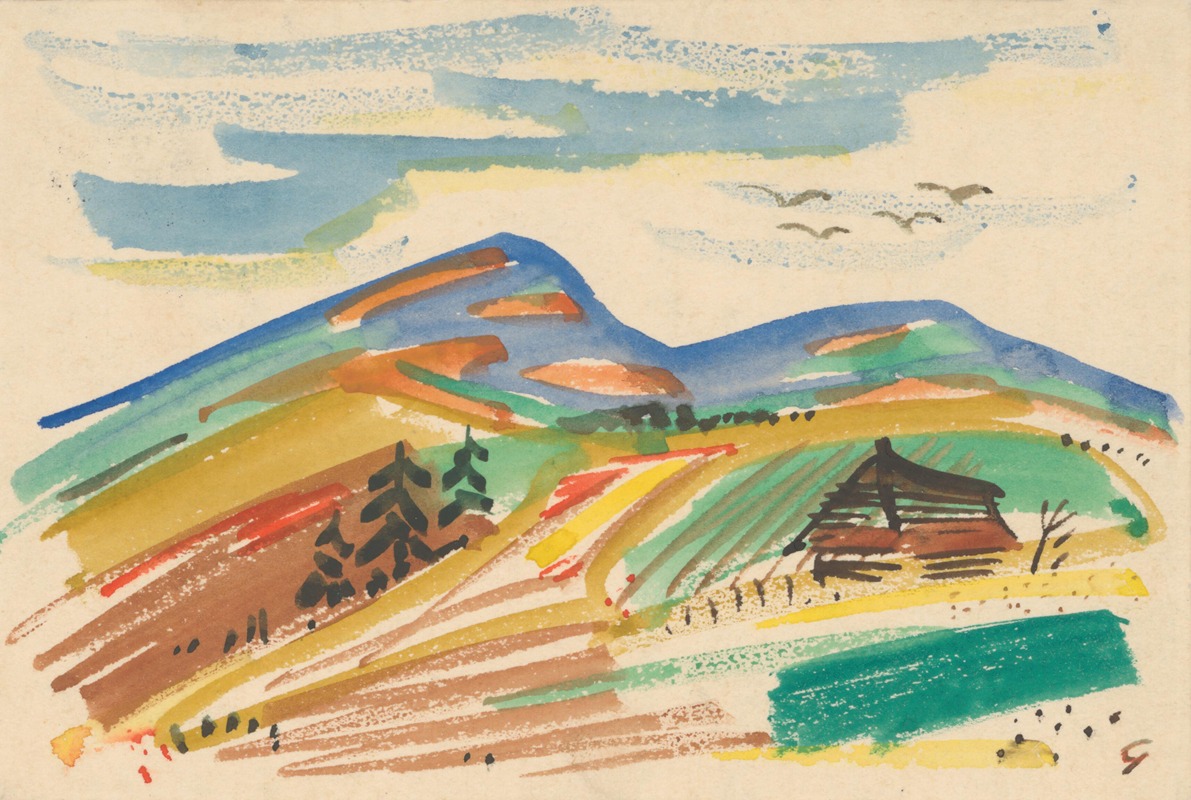
Štubnianske Teplice
A hand-painted replica of Mikuláš Galanda’s masterpiece Štubnianske Teplice, meticulously crafted by professional artists to capture the true essence of the original. Each piece is created with museum-quality canvas and rare mineral pigments, carefully painted by experienced artists with delicate brushstrokes and rich, layered colors to perfectly recreate the texture of the original artwork. Unlike machine-printed reproductions, this hand-painted version brings the painting to life, infused with the artist’s emotions and skill in every stroke. Whether for personal collection or home decoration, it instantly elevates the artistic atmosphere of any space.
Mikuláš Galanda was a prominent Slovak painter and illustrator, known for his significant contributions to modern Slovak art in the early 20th century. He was a member of the "Generation of 1909," a group of Slovak artists who were instrumental in bringing modernist ideas to Slovak art. Galanda's work is characterized by its innovative approach, blending traditional Slovak themes with modernist techniques.
One of Galanda's notable works is "Štubnianske Teplice," which reflects his unique artistic style. This painting is named after a spa town in Slovakia, known today as Turčianske Teplice. The town has been famous for its thermal springs and picturesque landscapes, which have inspired many artists over the years. Galanda's depiction of this locale is a testament to his ability to capture the essence of Slovak culture and landscape through his art.
Galanda's style often incorporated elements of Cubism and Expressionism, which can be seen in the way he structured his compositions and used color. His works frequently explored themes of Slovak identity, folklore, and the natural environment, all of which are evident in "Štubnianske Teplice." The painting likely features a combination of abstract forms and vibrant colors, which are hallmarks of Galanda's approach to capturing the spirit of his subjects.
Throughout his career, Galanda was deeply influenced by the broader European avant-garde movements, yet he maintained a distinct Slovak identity in his work. This duality is evident in "Štubnianske Teplice," where the modernist style is used to express traditional Slovak themes. Galanda's ability to merge these influences made his work stand out in the Slovak art scene and contributed to his lasting legacy.
Galanda's contributions to Slovak art extend beyond his paintings. He was also a prolific illustrator and graphic designer, contributing to various publications and cultural projects. His work in these fields further demonstrates his versatility and commitment to advancing Slovak art and culture.
"Štubnianske Teplice" is an example of Galanda's dedication to capturing the beauty and uniqueness of Slovak landscapes and culture. While specific details about the painting's composition and elements are not widely documented, it remains an important piece within Galanda's oeuvre and Slovak art history.
Mikuláš Galanda's impact on Slovak art is significant, as he helped pave the way for future generations of Slovak artists to explore modernist techniques while staying true to their cultural roots. His work, including "Štubnianske Teplice," continues to be celebrated for its innovative approach and its role in shaping the identity of Slovak art in the 20th century.





